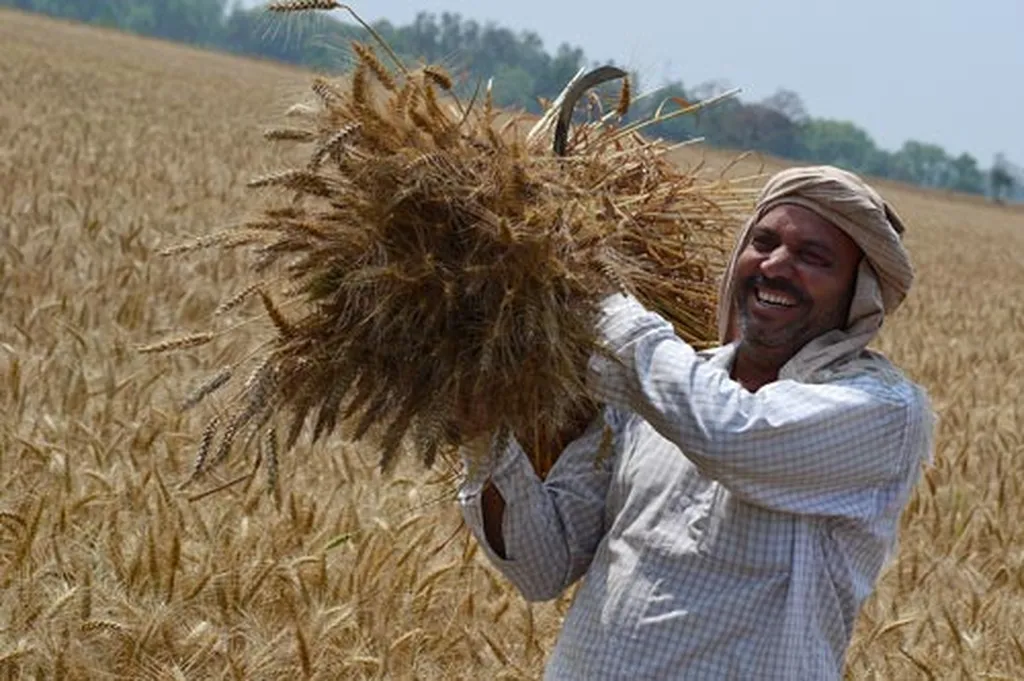In the heart of India’s breadbasket, Haryana, a quiet revolution is taking root, quite literally. A recent study published in the ‘International Journal of Bio-Resource and Stress Management’ has shed light on the economic benefits of conservation agriculture practices, particularly zero tillage, for wheat cultivation. The research, led by Vikram Yogi from the Division of Agricultural Economics at the Indian Agricultural Research Institute in New Delhi, offers promising insights that could reshape the future of agriculture in the region and beyond.
The study, conducted in the wheat-growing districts of Karnal and Kurukshetra, compared the economic feasibility of conservation agriculture practices with conventional methods. The findings are compelling. Farmers using zero seed drill technology reported a lower cost of cultivation (Rs. 33,232 per hectare) compared to those using conventional methods (Rs. 37,211 per hectare) and rotavator (Rs. 36,838 per hectare). This reduction in cost was attributed to lower expenses on human labor, machine labor, seed, and irrigation.
The economic benefits didn’t stop at reduced costs. The benefit-cost ratio under zero tillage was found to be 2.02, significantly higher than the rotavator (1.80) and conventional methods (1.73). “Zero tillage is not just about conserving resources; it’s about enhancing productivity and profitability,” Yogi explained. “The results clearly show that zero tillage is economically feasible and can be a game-changer for wheat farmers.”
The study also identified key factors influencing the adoption of conservation agriculture. Farmers cited reduced costs and higher income as primary motivators. However, barriers such as the high cost of machinery like turbo seeders, non-availability of zero seed drills, and limited extension benefits for small and marginal farmers were also highlighted.
The implications of this research are far-reaching. As the global population grows, the demand for food will increase, and sustainable agricultural practices will become increasingly important. Conservation agriculture, with its focus on minimal soil disturbance, permanent organic soil cover, and crop rotations, offers a promising path forward.
“Conservation agriculture is not just a trend; it’s a necessity,” Yogi asserted. “It’s about working with nature, not against it. The economic benefits are clear, and the environmental benefits are even greater.”
The study’s findings could spur further innovation in agricultural machinery and technology, making conservation practices more accessible to small and marginal farmers. It could also drive policy changes, with governments incentivizing farmers to adopt sustainable practices.
As we look to the future, the lessons from Haryana’s fields could echo across the globe. The shift towards conservation agriculture is not just about changing farming practices; it’s about securing our food future. And as this research shows, that future can be both sustainable and profitable.

